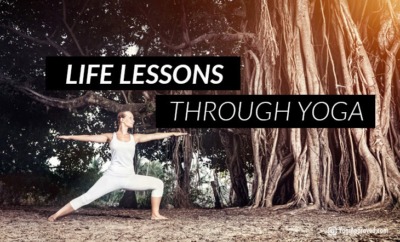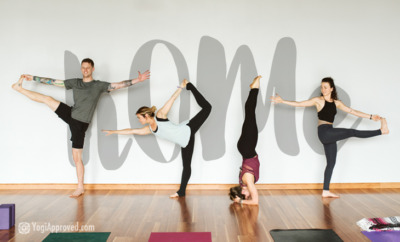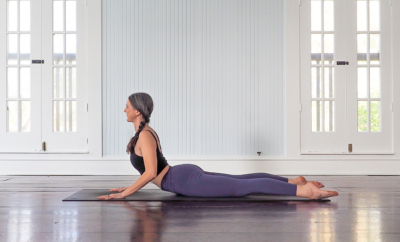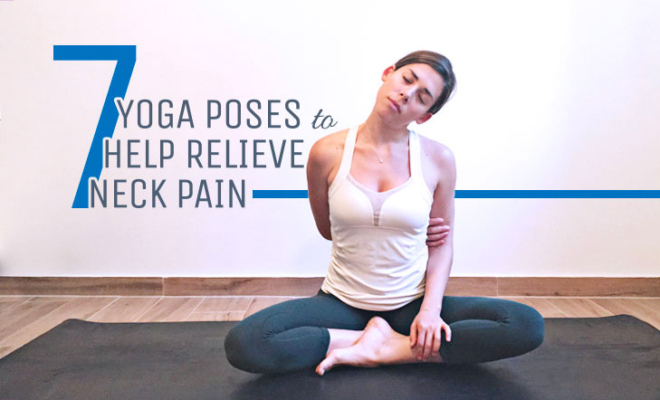Confessions of an Egotistical Yoga Teacher

When I first started teaching yoga, it was all about me. I wanted students to think I was a “good” teacher. I wanted to move students and their bodies through never-before-seen sequences. I wanted students to find me helpful, humorous, even charming. I couldn’t help but pine for students to like me.
Truth be told, I was working from a place of ego, of wanting and needing approval from my students.
What I’ve learned over the last few years is that a yoga class isn’t about the teacher at all. It rarely ever is. It’s about the students’ journey. As teachers, our task is simply to make sure that brief window of time each week is fun, safe, and maybe, on a really good day, enlightening. Yoga teachers are, simply put, there to transfer positive, authentic energy that helps students on their journey.
It’s not always easy to teach and live yoga. Students fall in and out of love with asana, and that includes our classes. They may never seek to fully understand ujjayi breath, and meditation may be an elusive, esoteric state of little interest.
But, none of this matters. Yoga is a process for all of us. It’s a long and sometimes winding journey with hills and valleys, peaks and pits. Students are the heart of the journey, and we are there as teachers to get them on the highway to the true self, regardless of where the journey may start and where it may end.
Once I discovered that my ego was often taking center stage, I was able to reframe my teaching techniques to better serve my students.
Here’s how you can do this too:
Come to class less prepared but more open.
Before a class, I used to write out every step from beginning to end. I prepared themes, quotes, breath work, and every pose ohm to ohm. I got upset at myself when I didn’t build something properly or I missed a pose in a sequence. I learned to let that go. No matter how much I prepared in advance, I was never prepared for what students needed on a given day. Students would say to me, “I need hips today” or “I’d like extra savasana this morning,” or “can we work on dolphin pose?” So we have a choice: we can listen and be open to our students’ ideas and release what we think it means to be a yoga teacher, or we can remain rigid in our teaching.
Give students what they want, but also what they need.
Listening more to students teaches us that we need to give them what they want in class, but also challenge their perceptions and expectations in our own unique ways. After all, that’s why they’re in our class and not someone else’s. It is important to make students feel safe and comfortable while also opening their minds to new possibilities and potentials.
Focus on connecting rather than projecting.
When I started teaching yoga, I had a perception in my mind of what a yoga teacher should be. You probably did too. I knew the so-called “perfect” cues and had an arsenal of witty sayings to boot. I projected my image of a yoga class and teacher on students, but realized I had to release this image. We need to connect more, touch more, feel more, and say less.
Stop focusing on the poses and instead focus on what the poses nurture in the mind and body.
I have a solid knowledge of asana, and I imposed this on students. I was convinced that they wanted to learn the ins and outs of Virabhadrasana 1 and Utkatasana. Maybe some students do and some don’t, but yoga is so much more than poses – it’s a feeling. We have to remember that each pose has a purpose, a greater good, and no amount of intellectualizing the pose for students will do. We can focus on the benefits and make adjustments to our words and our touch to help students feel grounded, rooted, free, open, whatever’s possible.
Of course, the ego will still peek into classes to say ‘hello’ from time to time. Every once in a while, you may worry if a student likes you. You may get sad when a student picks up her mat and leaves class early. These feelings are natural. But, once we are more aware of our egos, we can work to eliminate them from the situation.
As I wish my students a happy journey on the road to yoga, I now realize that all of us as teachers are on a journey, and we are worthy of compassion. May we all look forward to the experiences this crazy and humbling ride of teaching yoga brings.


This Month's Letter
From the Editor
Monthly motivation and food for
thought from our founder.





























Comments